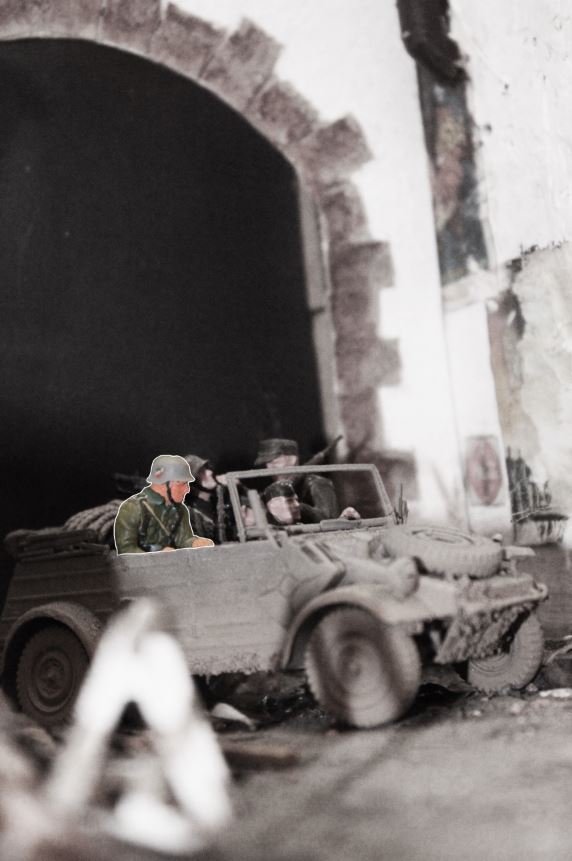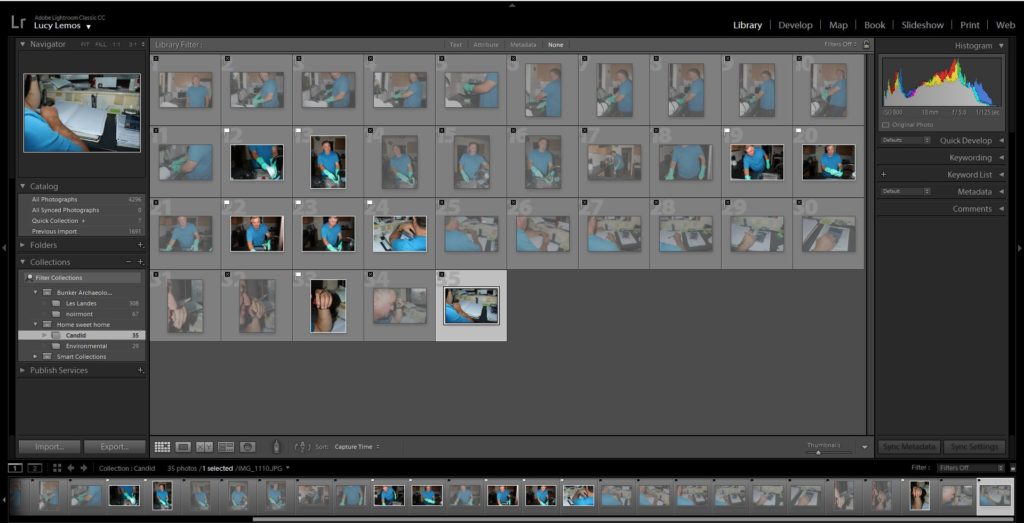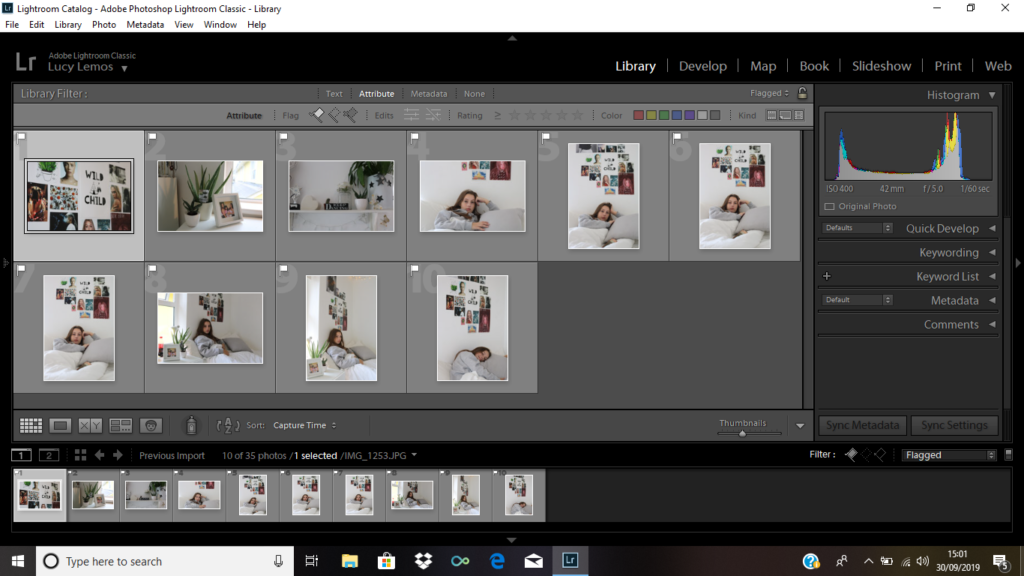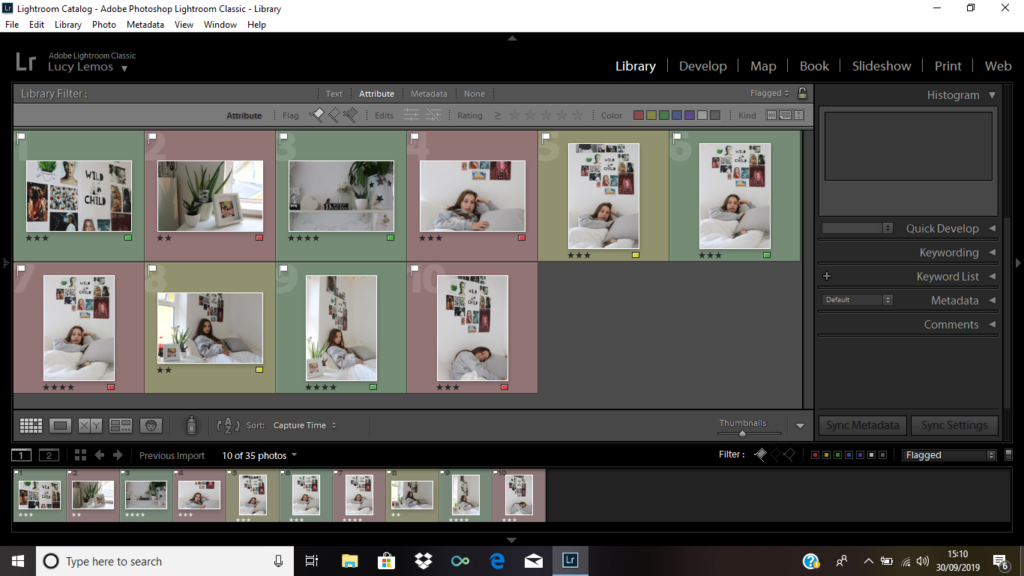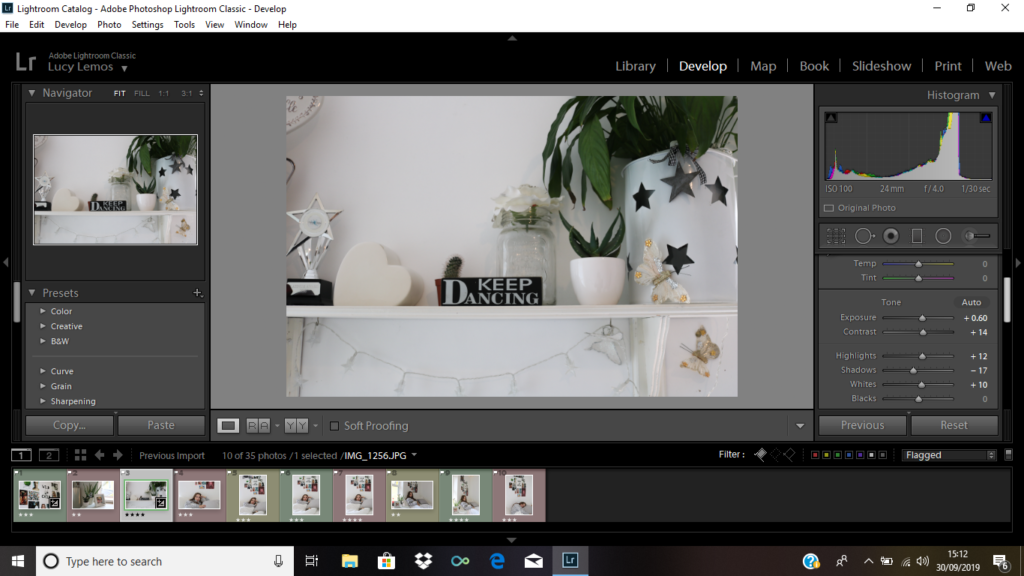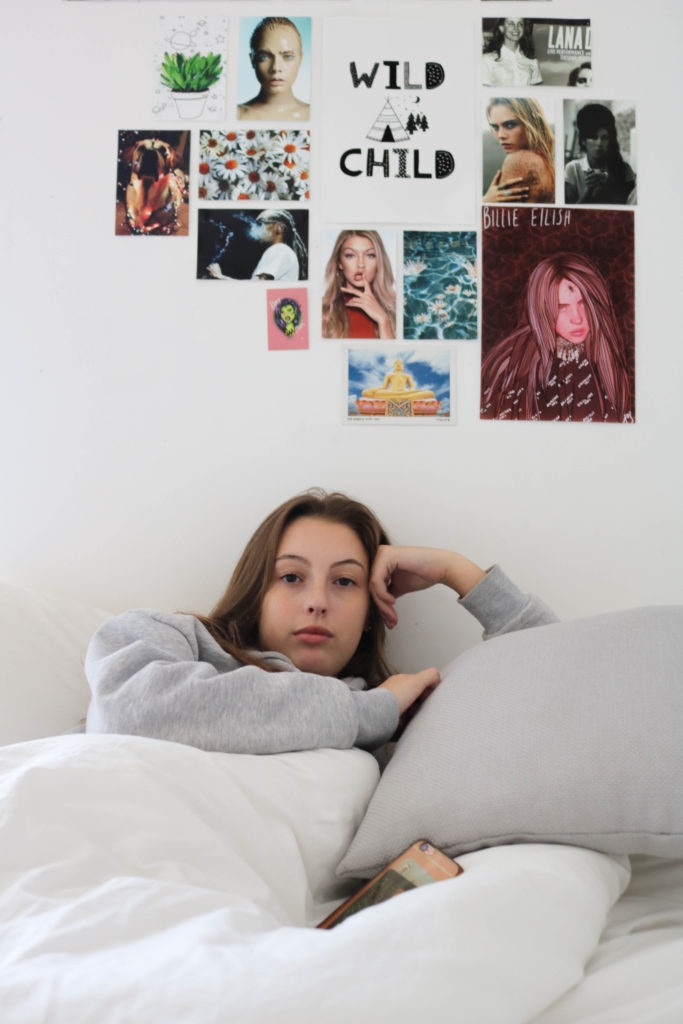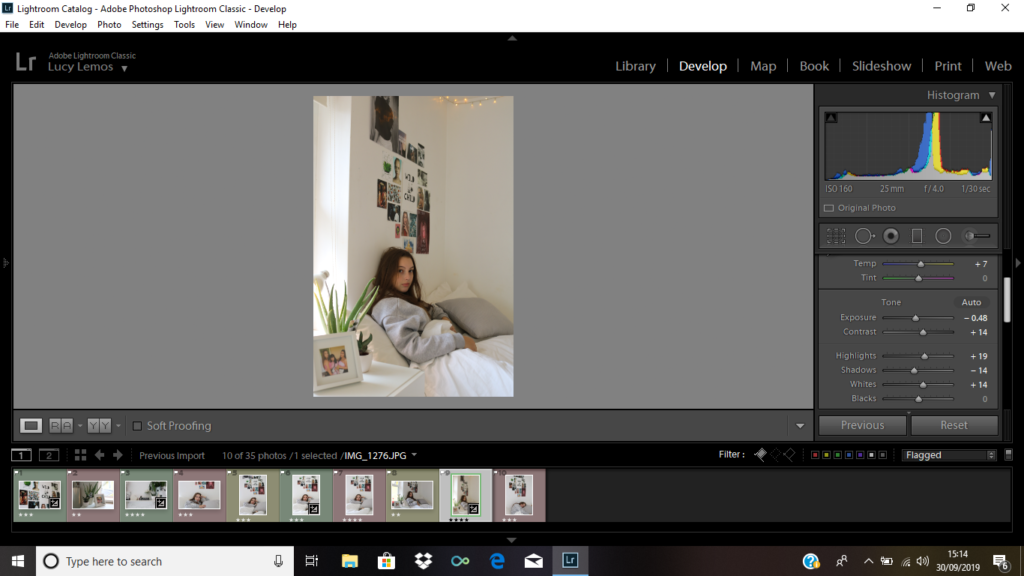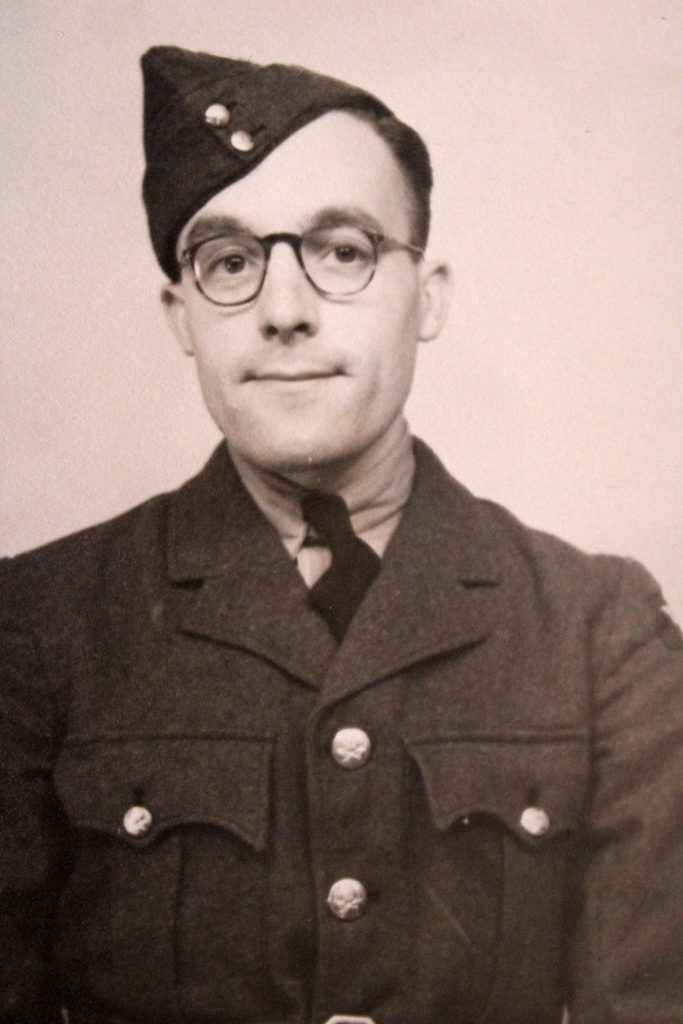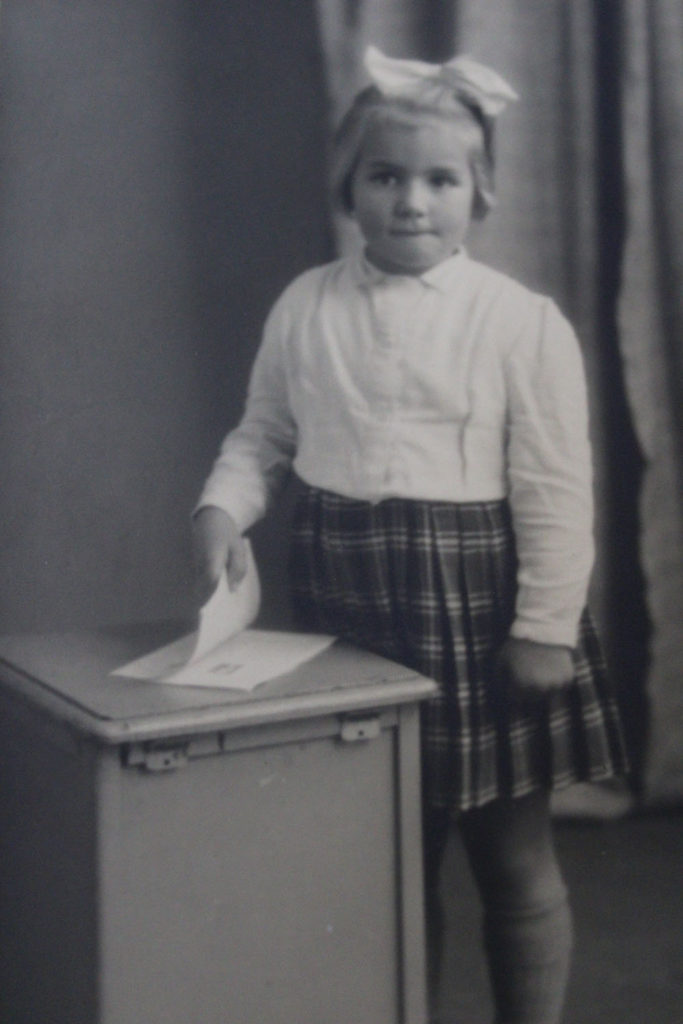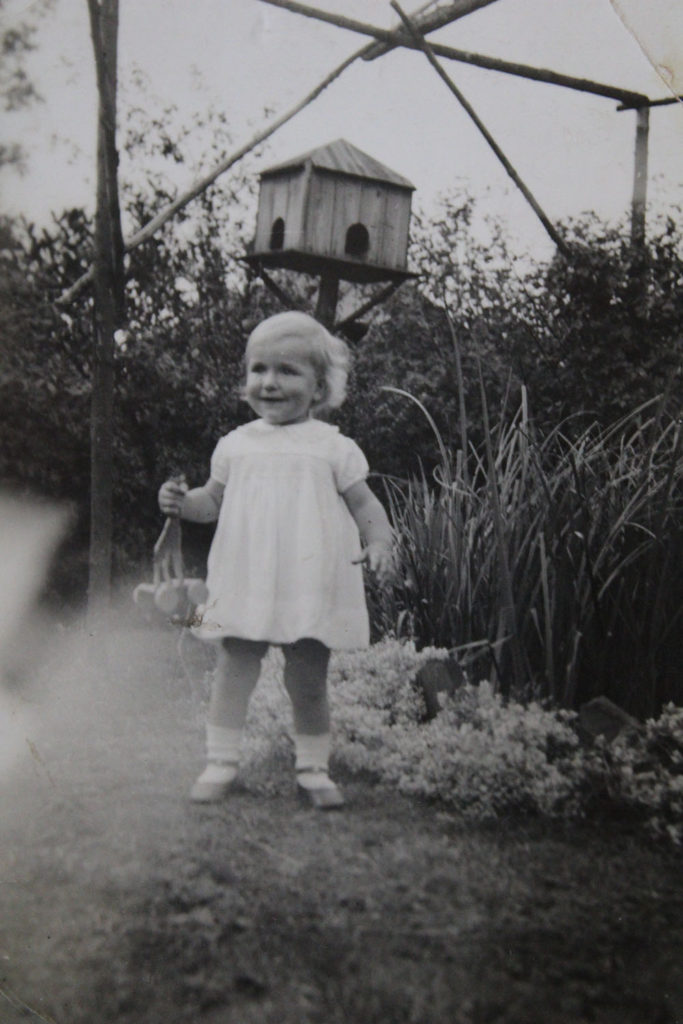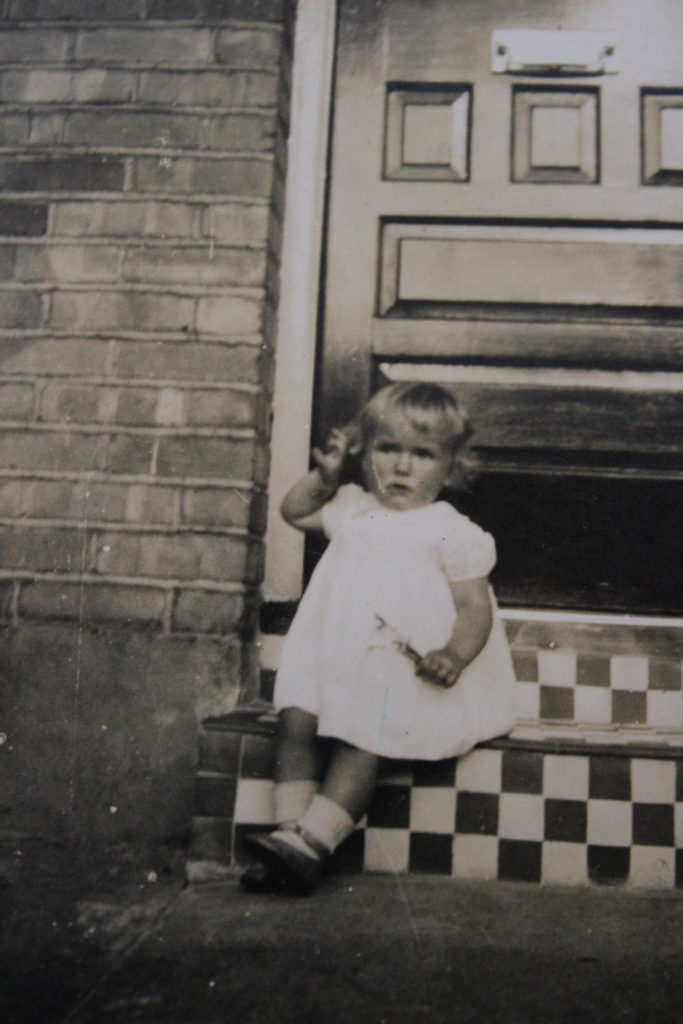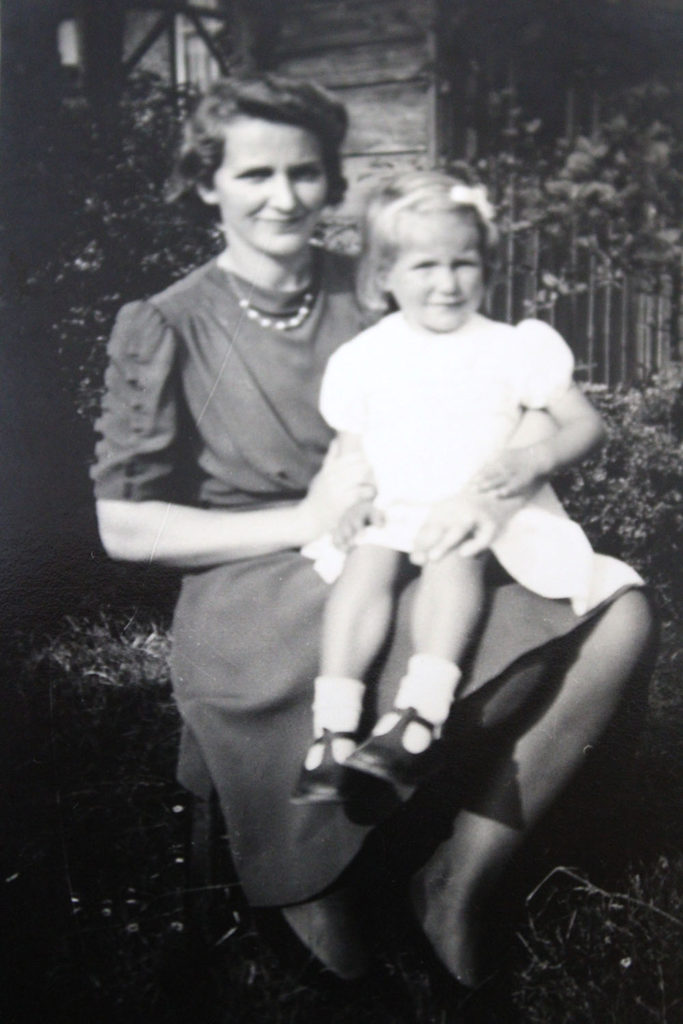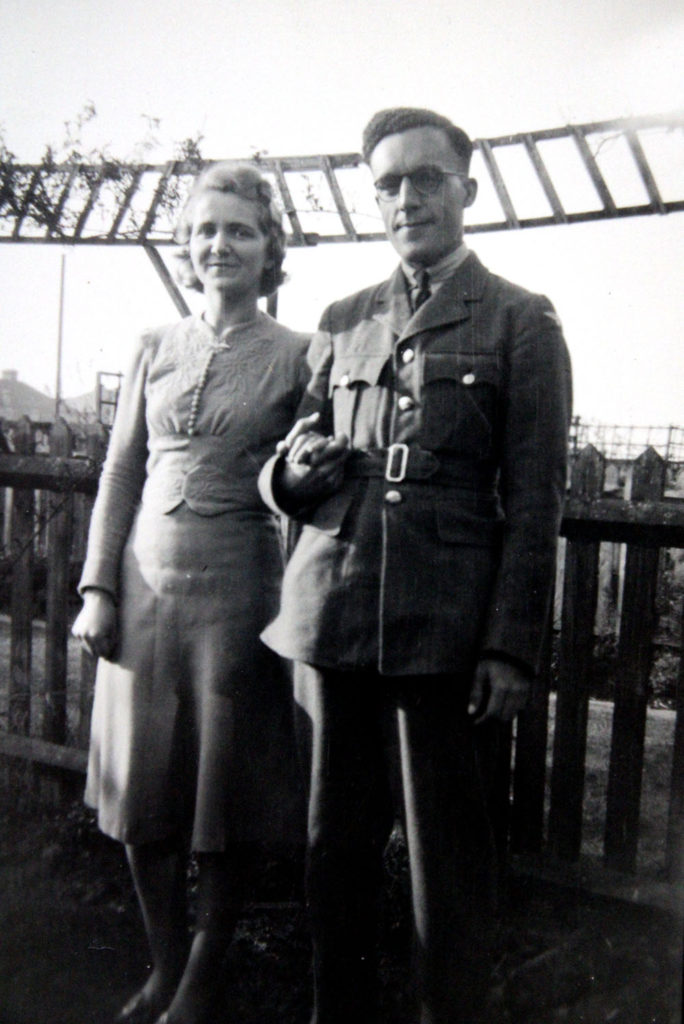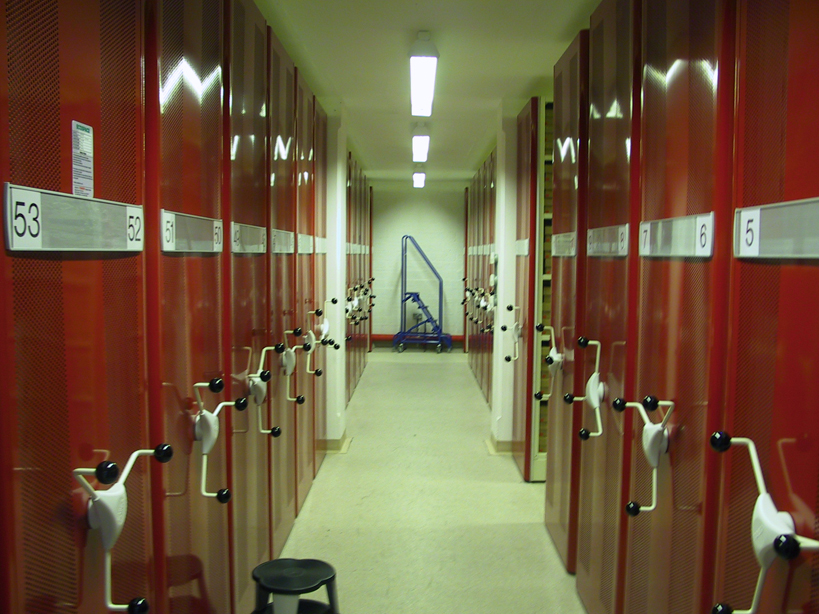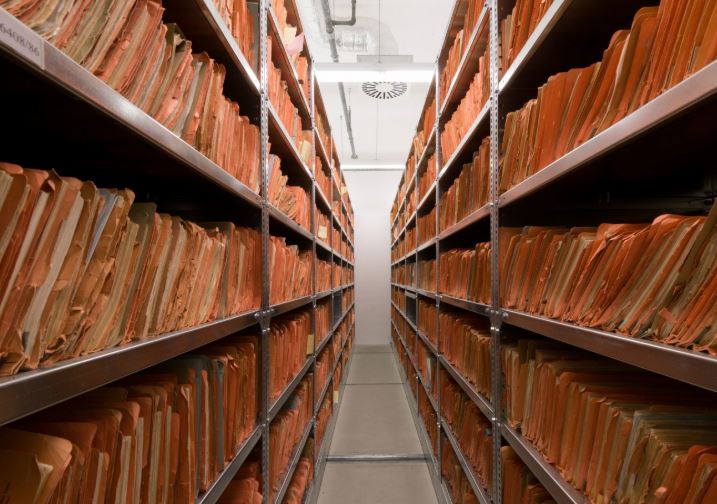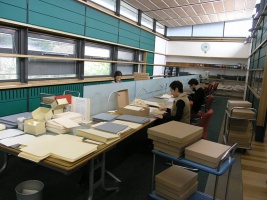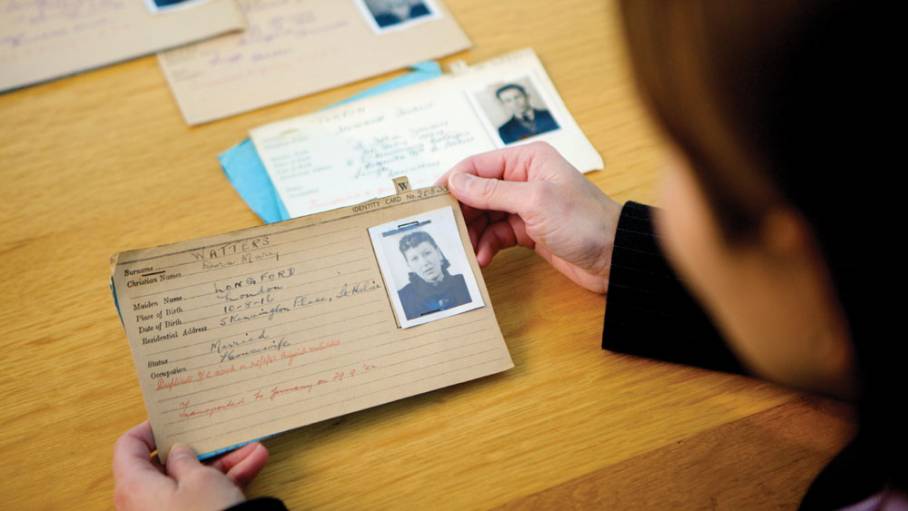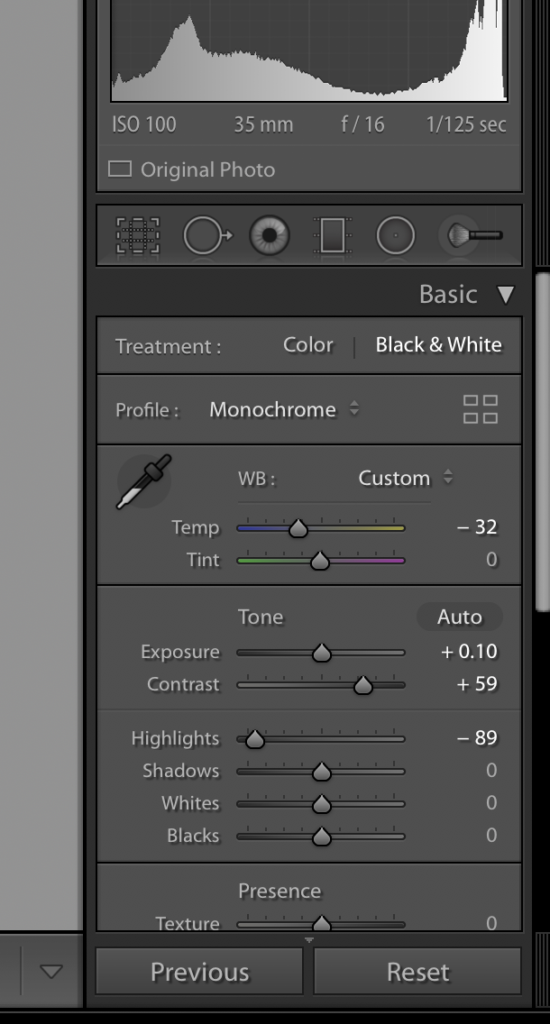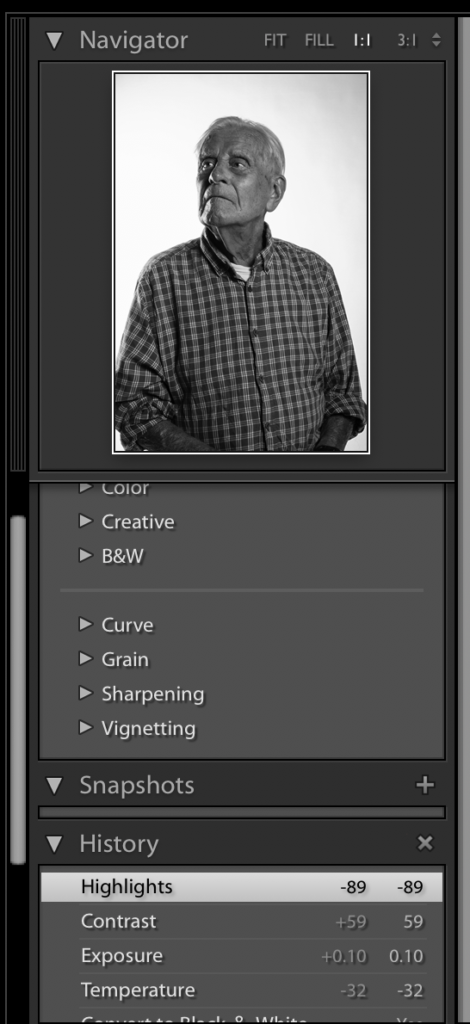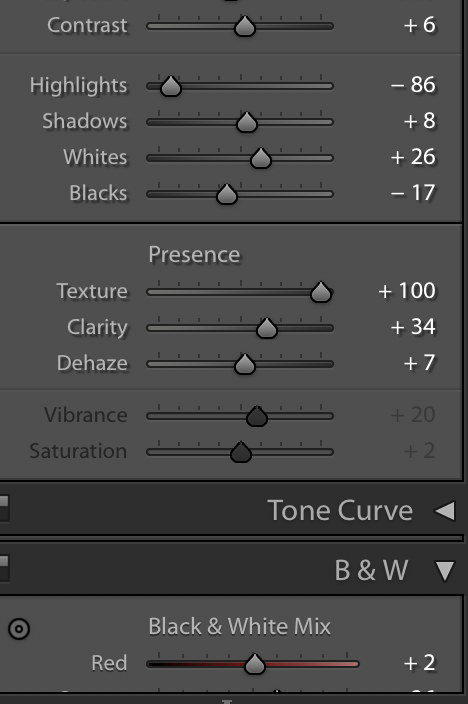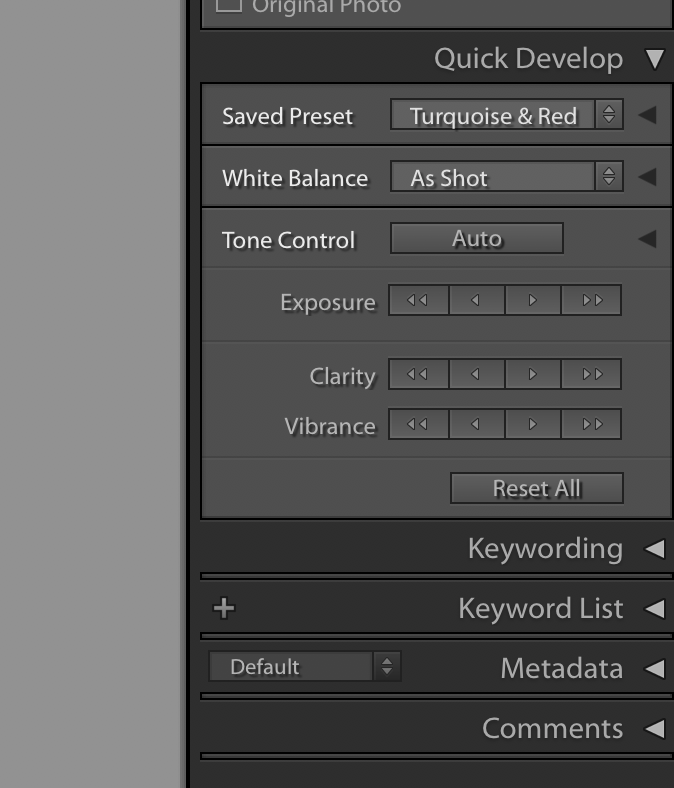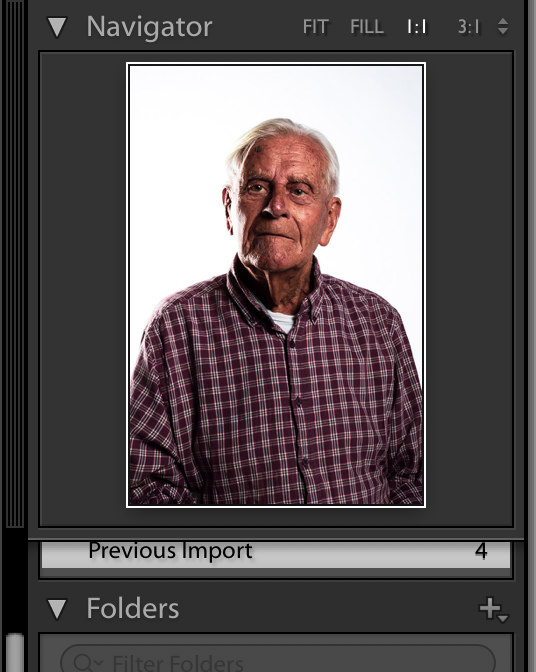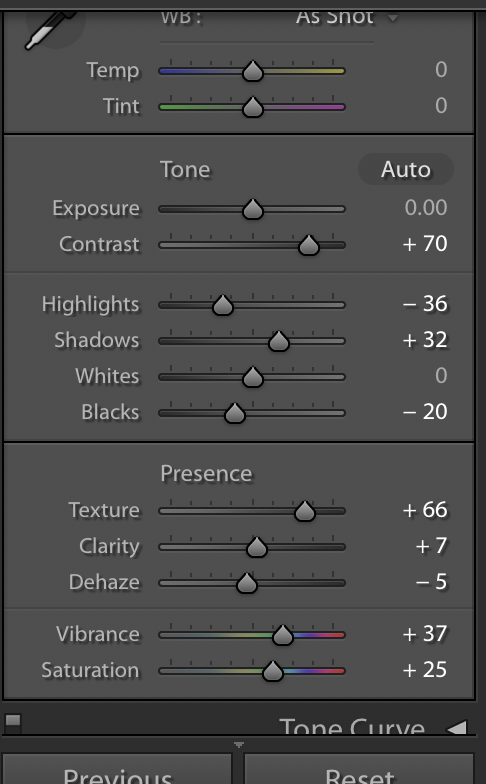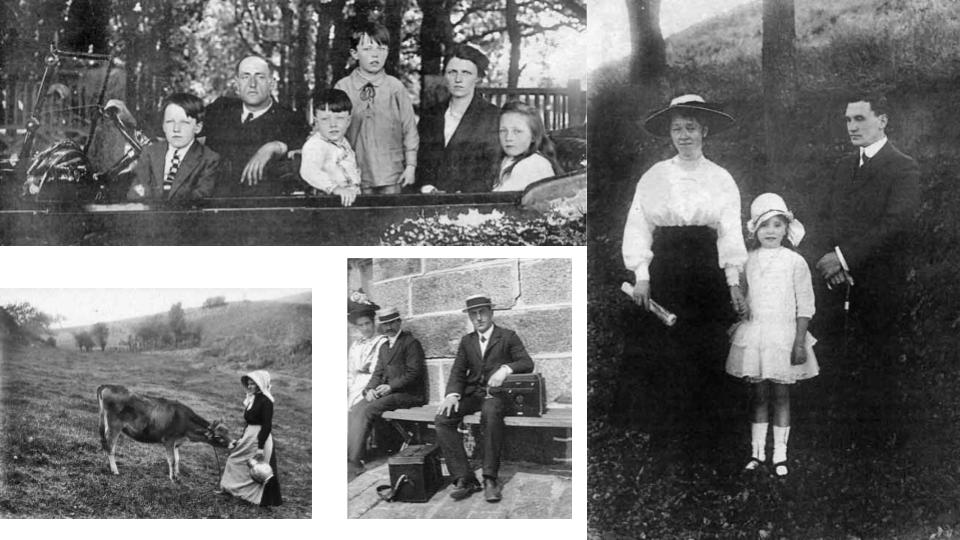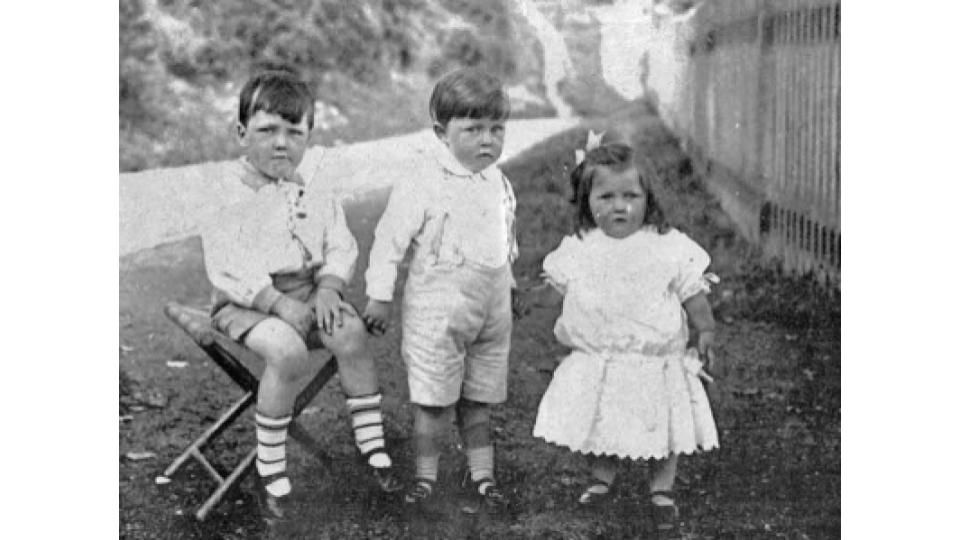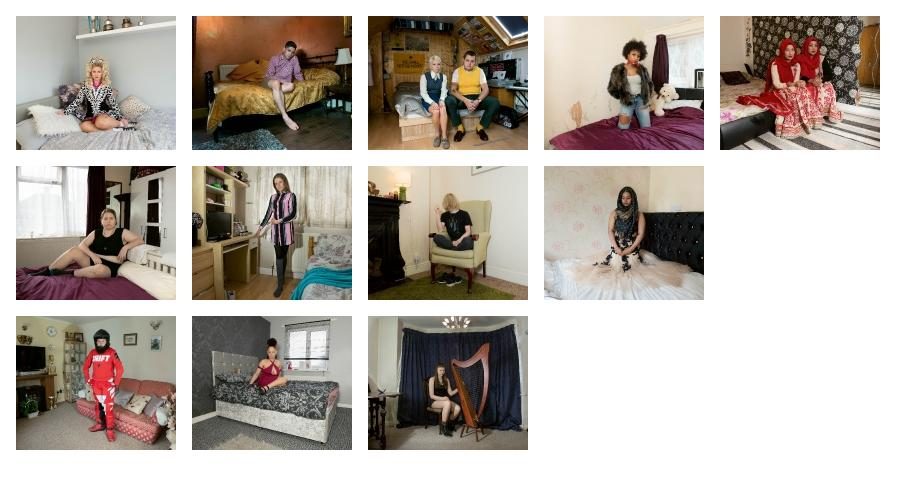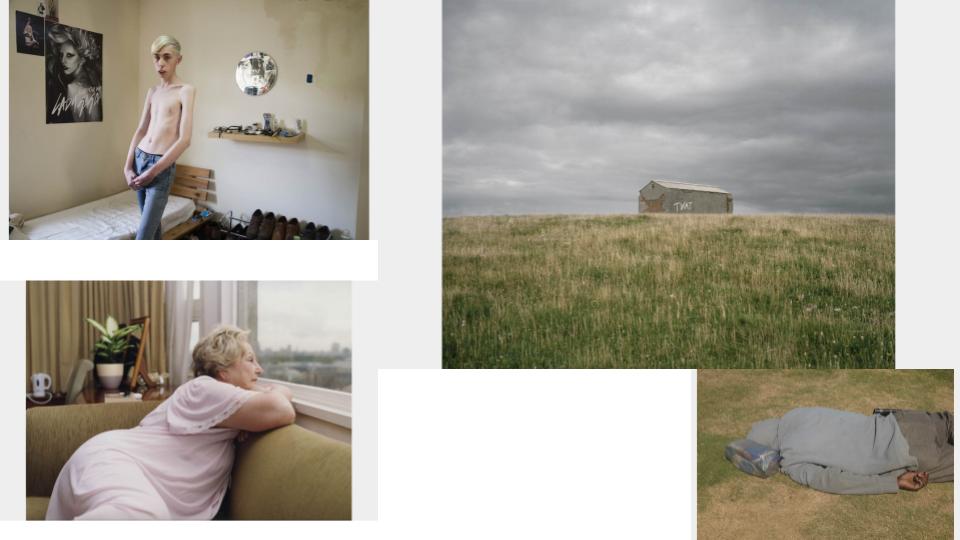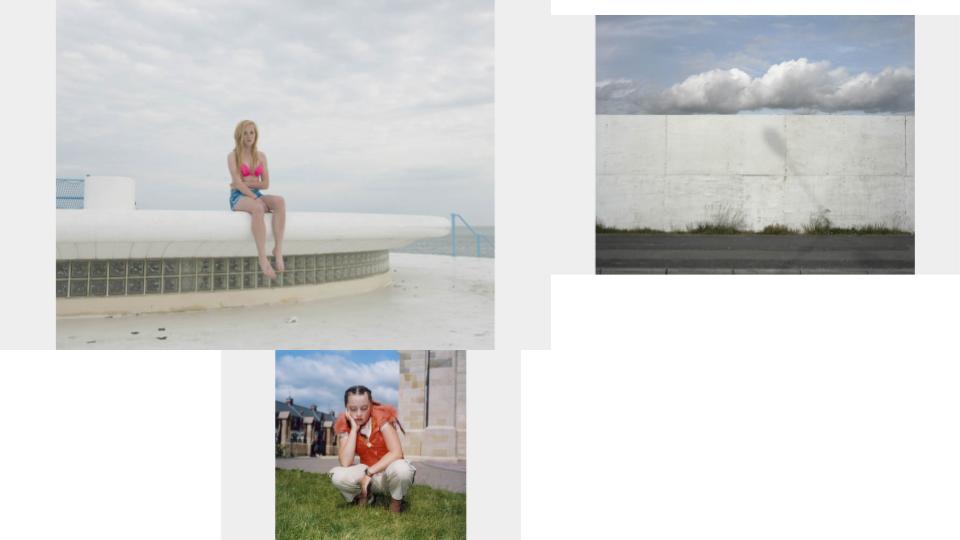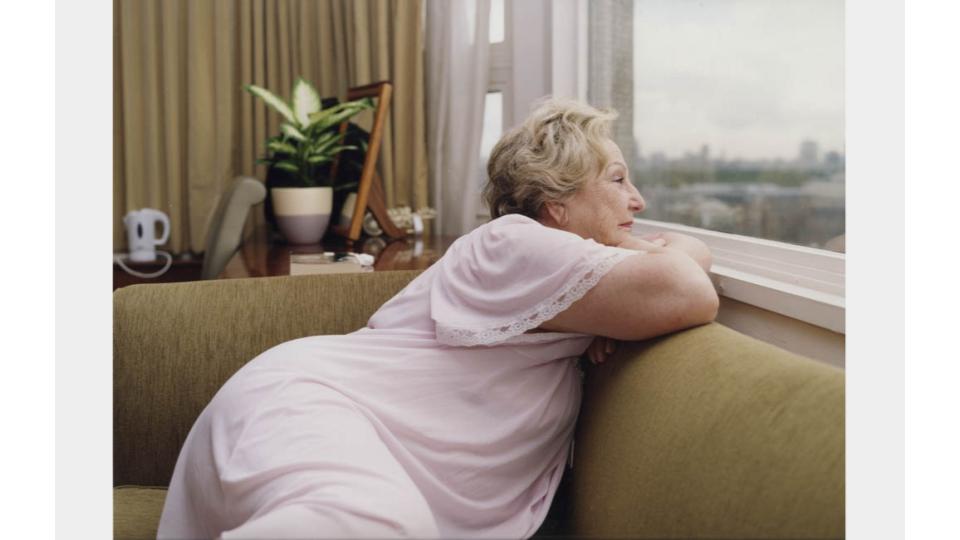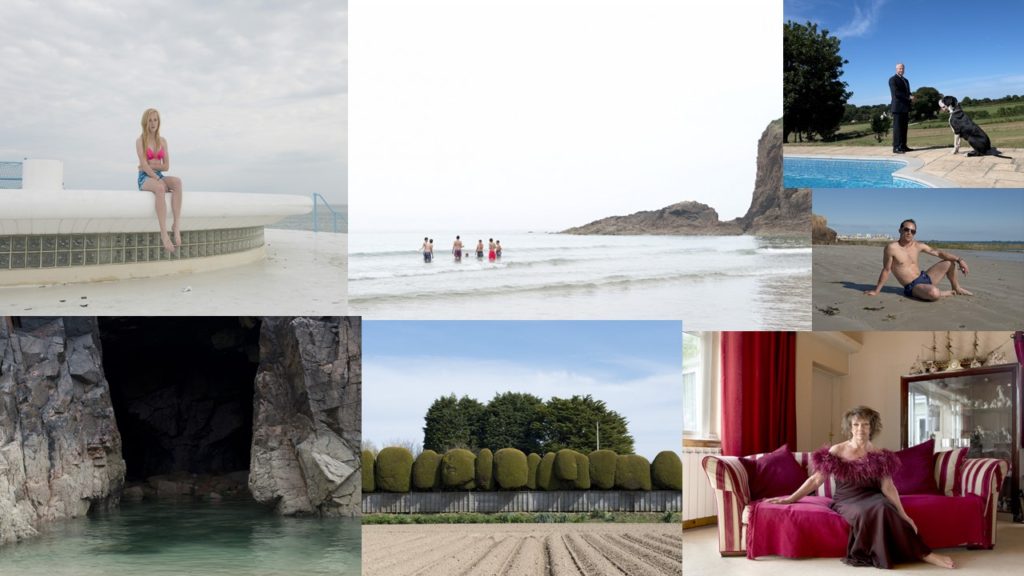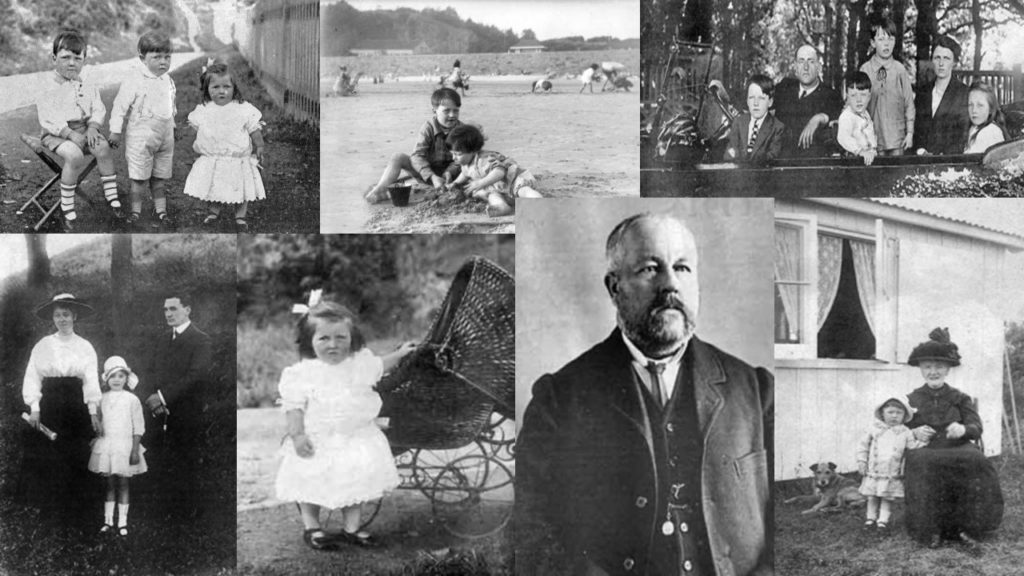I decided on my final images, and the below images are the final images after editing in Photoshop:
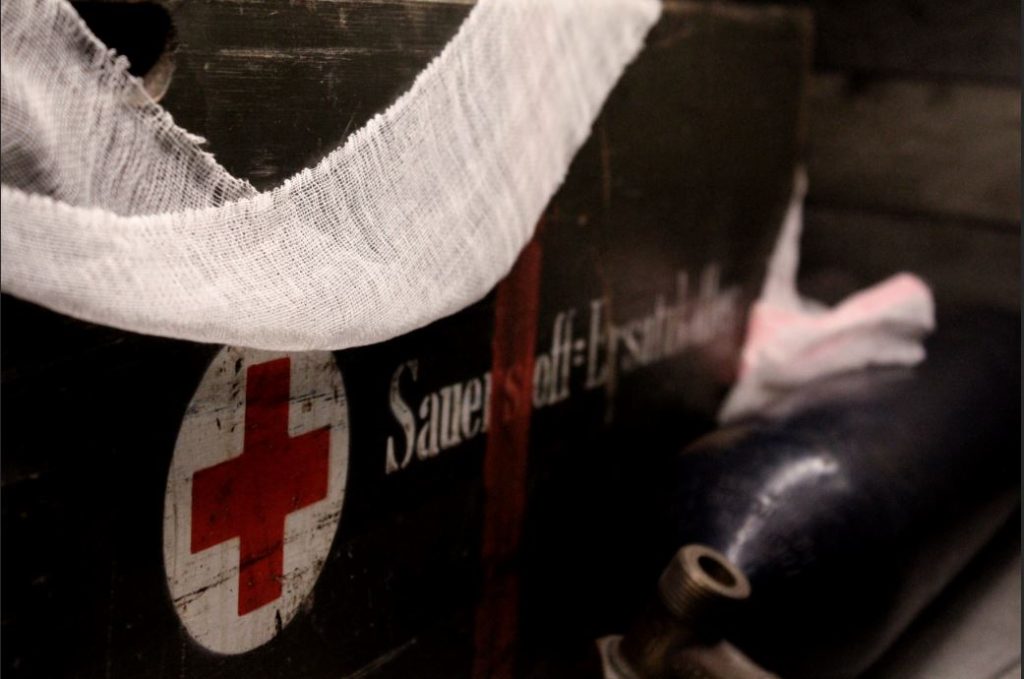

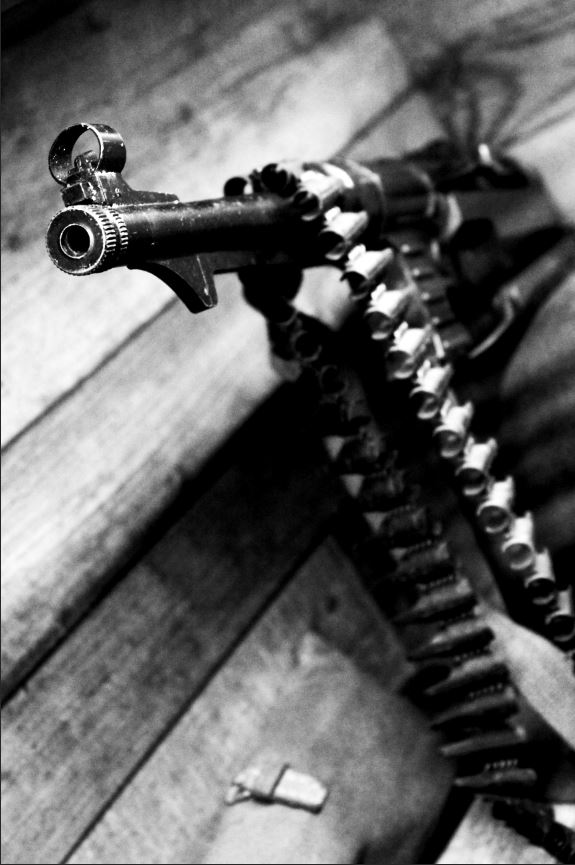
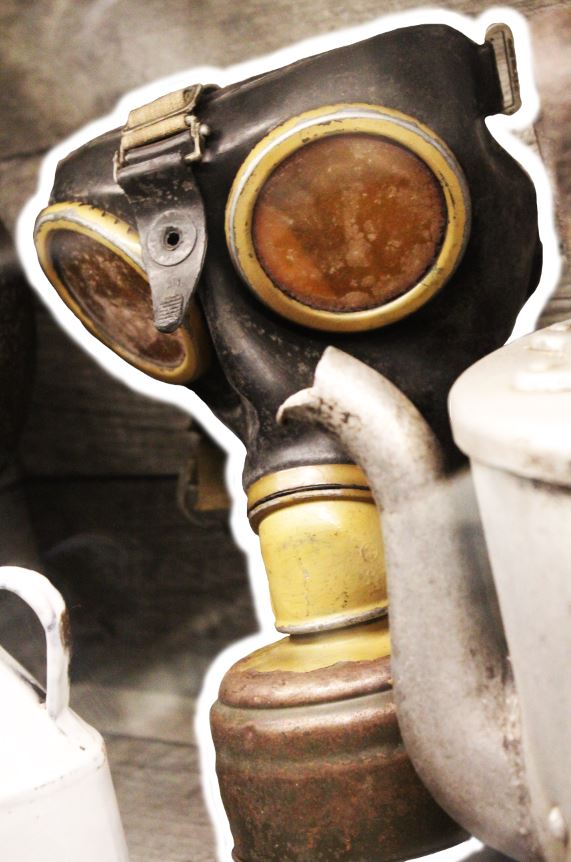
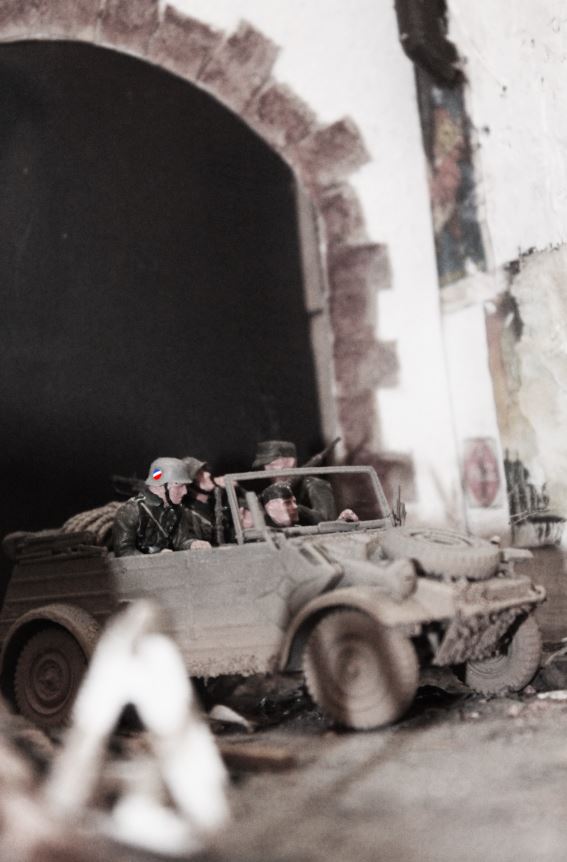
In Photo-shop, I was able to use the following techniques to produce the final images:
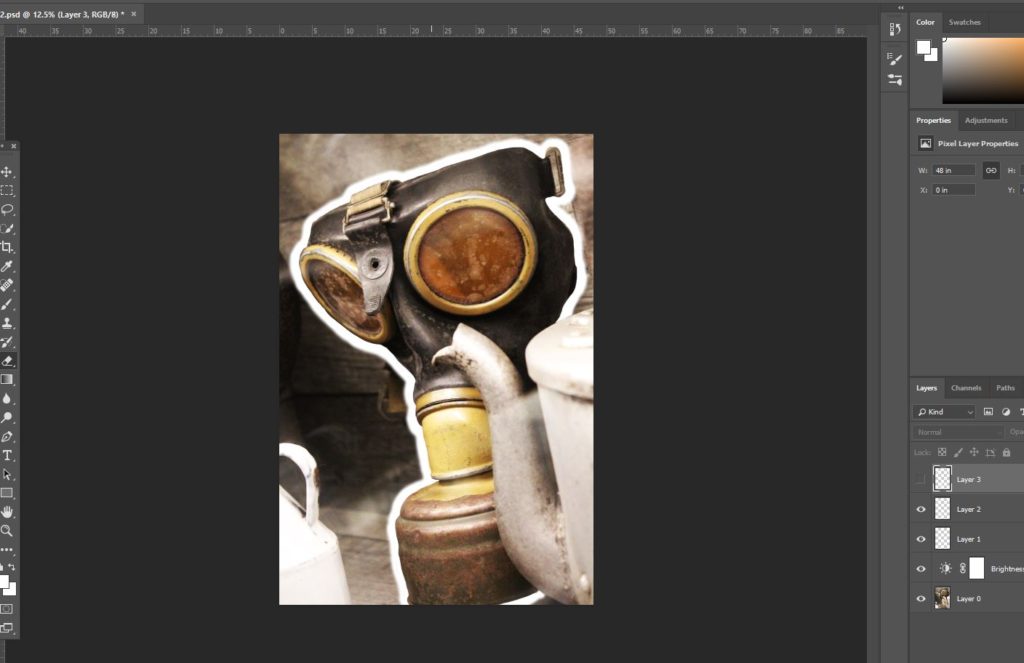
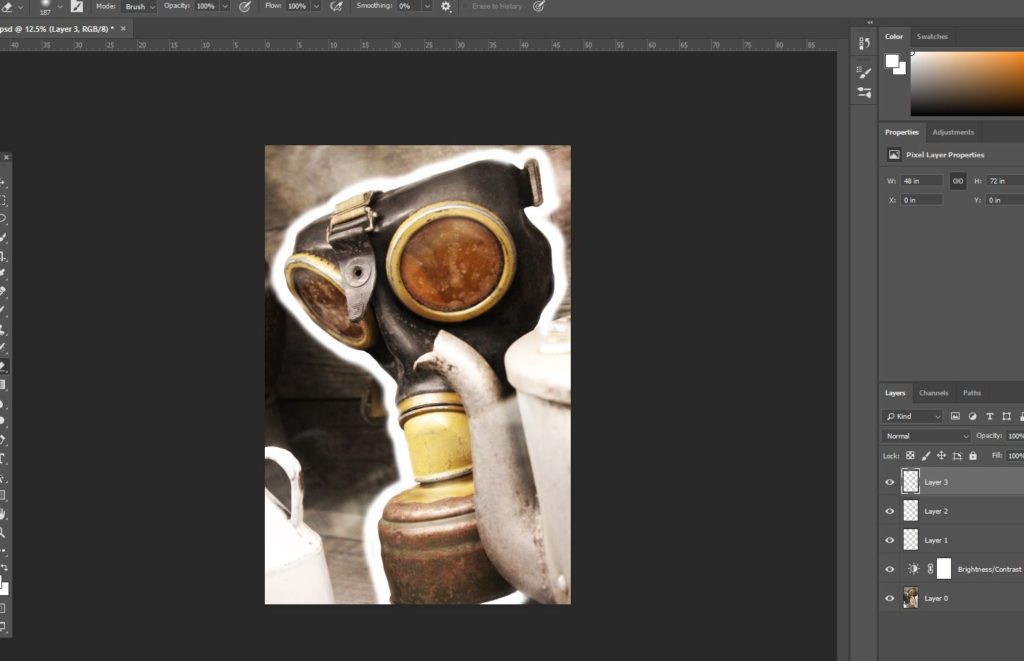
In the above 2 images, I was experimenting with the width of the boarder around the gas mask, and to do so, I used the brush tool to draw outlines of different widths. I also experimented with the softness of the outline, originally working with a hard line, and then moving towards a softer outline version. In this image, I was attempting to make a distinction between the background and the gas mask. The concept of this image was to show how, during the war, conflict and violence became a common part of life, and to do this, I made a distinction between the gas mask, and the teacups and kitchenware placed directly next to it. By arranging the gas mask and familiar kitchen ware together, it can be established that fear of an enemy gas attack lay around every corner, and nowhere (not even the safety of home) was safe from the threat of violence. This image merges the two opposites together (fear and safety), and in editing an outline around the gas mask, it draws more attention directly to the mask itself, and also disconnects the mask from the rest of the image. In doing so I am able to make some distinction between the kitchen ware and gas mask, hopefully drawing more attention to the fact that these 2 things should not be seen as normal together, and yet also presenting the fact that in reality, they were.


The 2 images above are examples of the colour editing I worked on in the below image. I used two different layers when it came to editing this image, the first image including the background, and the second layer including the soldier in the foreground. I reduced the saturation of the background in order to give it a more somber tone, reflective of the reality of conflict and war, and in order to contrast this, used the layer on which the soldier sat to heighten the saturation, showing contrast between the background and the individual soldier in the foreground. As a concept, I did this because I was attempting to reflect the reality that all soldiers during the occupation were individual people too, with hopes and fears, many of which did not want to leave their families in Europe to come and occupy Jersey. I chose a single soldier and made him easily distinguishable from the rest, regardless of his own insignificance in terms of the whole image, because I wanted to convey the idea that all individuals, German and Jersey, were people that were individually affected by the impact of the war/occupation, and should not all be grouped together as “enemy” or “friend”.
